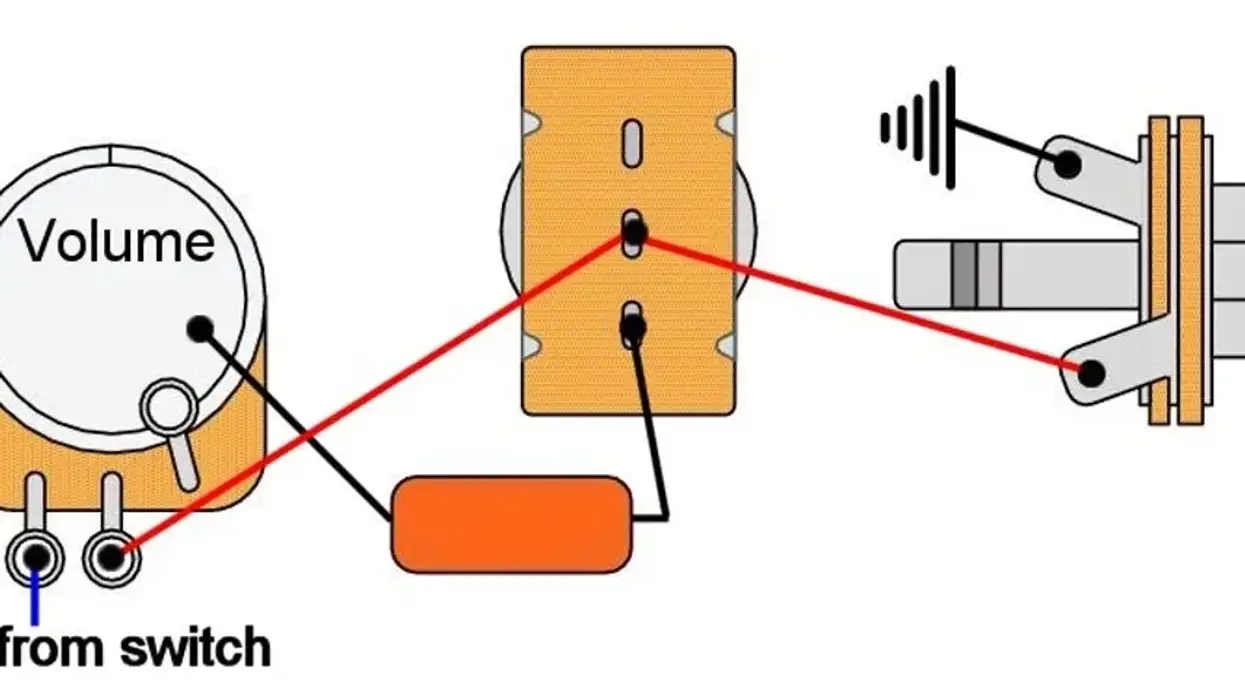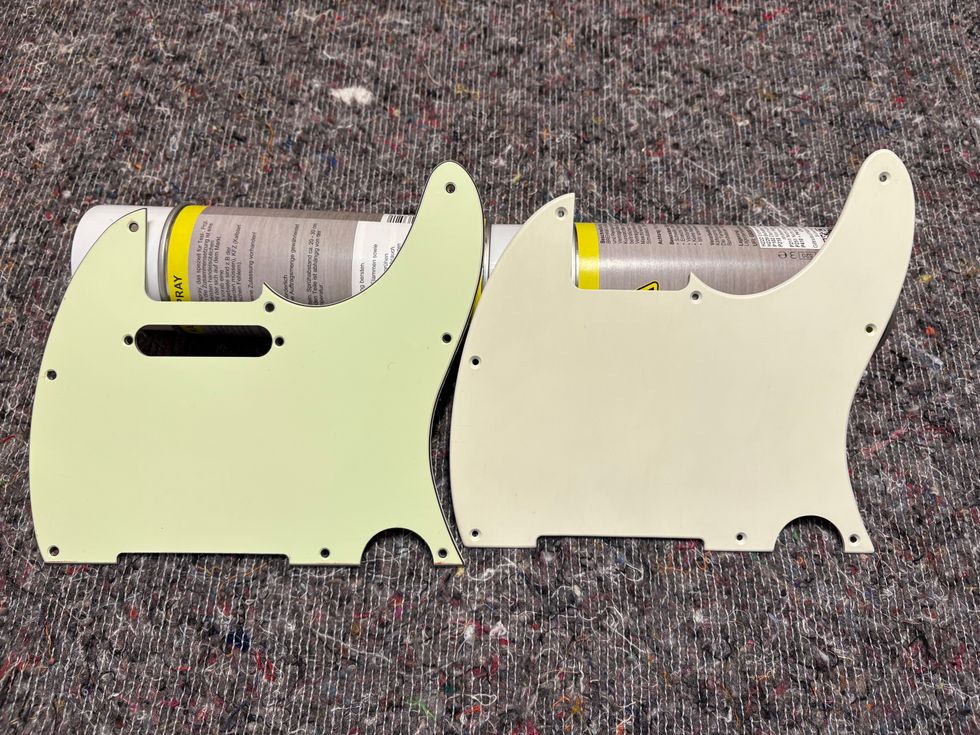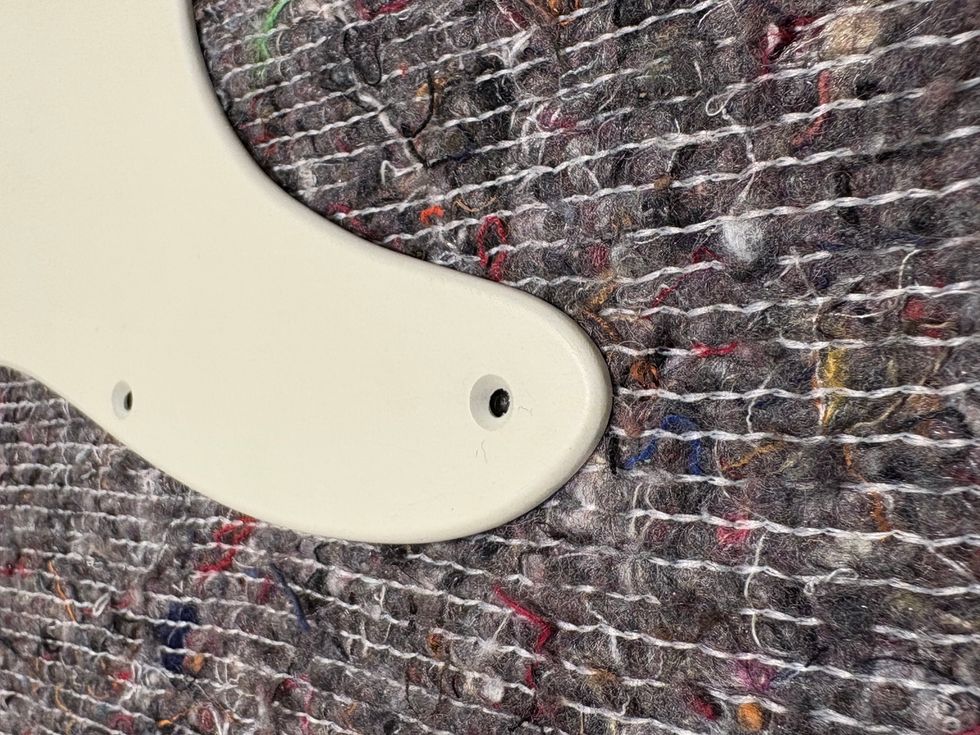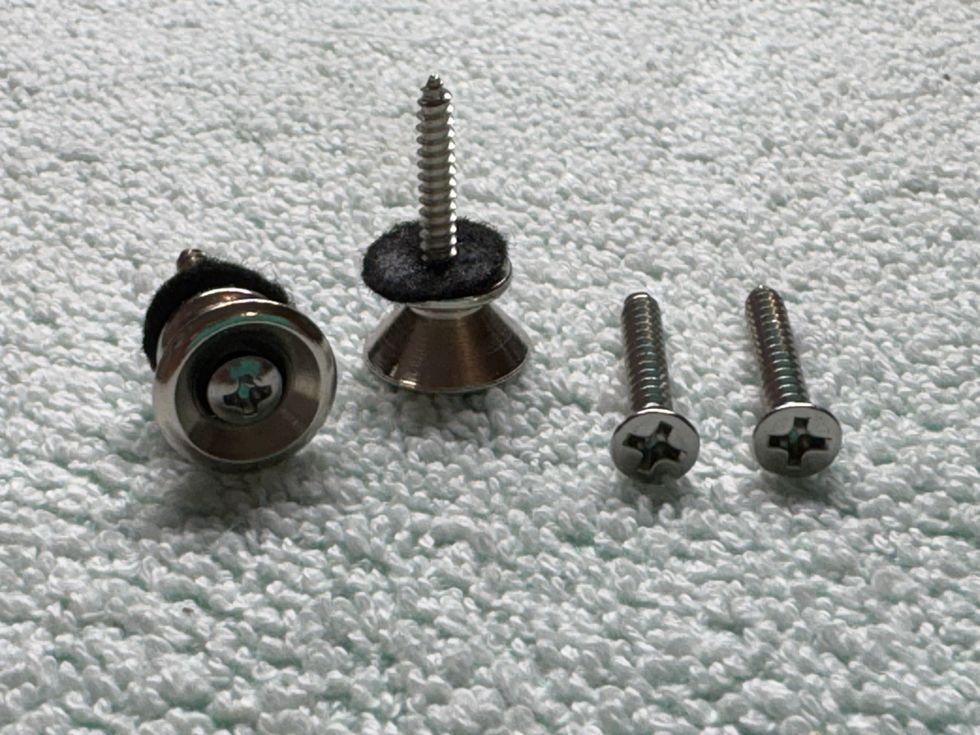Hello and welcome back to Mod Garage! This month, we will take a deep dive into the Paul Reed Smith Sweet Switch and look at how you can create a version of it with parts that are available today. There is a lot of hype and mystery around the Sweet Switch, and I don’t want to discuss or heat up any of that, so let’s simply stick with the facts.
PRS offered the Sweet Switch feature from the mid ’80s until 1991, so it is long out of production and no longer available. The story goes that Carlos Santana used very long guitar cables on stage, and when he switched over to a wireless system, his overall tone changed drastically. That is the nature of the beast, because the capacitance of the guitar cable is always part of the overall tone of an electric guitar. You all know the formula: the shorter the cable, the more high-end you will have. Translated into technical terms, this means the shorter the cable, the less capacitance it will add, resulting in more high-end. It was only natural that Santana talked to his friend Paul Reed Smith about this problem, and PRS came up with the Sweet Switch as a solution.
The Sweet Switch is a mini-toggle switch with a fixed SIP delay line (high-frequency type 1513-135Y), which has a delay time of 135 nanoseconds and an impedance of 75 ohms. This SIP delay line is long out of production. But it was still in use in the ’80s, inside conventional (non-flat) televisions using line transformers. Since it’s no longer available, when you have a faulty Sweet Switch, or if you want to build a new one into your guitar, you will have to find a substitution.
From a technical point of view, a SIP delay line will work in a passive system, but only with the correct impedance—75 ohms for the one used in a Sweet Switch. Inside a guitar, that impedance does not arise though. Instead, when you use such a HF delay line in a LF device, like an electric guitar, it acts like a capacitor, not as a delay line.
So, when you want to repair a faulty Sweet Switch or add one to your guitar, you can simply use a small capacitor on the switch to add some capacitance to the circuit, resulting in the exact same effect as the mysterious SIP delay line.
That’s our starting point. I will show you how to add this Sweet Switch substitution into any electric guitar, and, as a bonus, how to use this technology to sonically enlarge short guitar cables.
Each meter of guitar cable will add a certain amount of capacitance to the circuit, dampening some high frequencies, so the tone gets warmer or sweeter. Modern guitar cables have an average capacitance of approximately 100 pF per meter, which is very low and allows long cable runs without audible degenerations. Some high-end guitar cables only have a capacitance of 60 pF per meter or lower, but there are also old guitar cables, especially the coiled ones, that easily can add up to 400 pF per meter. Players like Hendrix, Clapton, Gilmour, May, Blackmore, and many others are well-known for using very long coiled cables in their early days on stage. So, this is part of their trademark sound, and often a piece of the puzzle that is missing when trying to come close with a modern setup.
The added capacitance will lower the resonant frequency of the pickups, so they will sound warmer, especially when using overdrive or distortion.
As a little guideline to calculate the best additional capacitance, you can use this chart:
10 ft. cable (approx. 3 meters): 1 nF
15 ft. cable (approx. 4.5 meters): 1.5 nF
20 ft. cable (approx. 6 meters): 2.2 nF
30 ft. cable (approx. 9 meters): 3.3 nF
Ultra-long cable: 4.7 nF
You should have no problem getting capacitors with these values in any local electronics store.
The added capacitance will lower the resonant frequency of the pickups, so they will sound warmer, especially when using overdrive or distortion. By the way, this is exactly the reason why a lot of distortion and fuzz boxes with a vintage voicing use an additional cap at the input section. The resulting overdrive tone is fat and warm.This mod works best with typical Strat or Tele vintage pickups (approximately 2.4 H inductance) or a typical vintage PAF (approximately 3.8 H inductance). Modern high-output pickups often have an inductance of 6 up to 8 H and don’t sound very good with this mod. If you want to make your Strat or Tele sound more Les Paul-ish, you should try 4.7 nF for the additional cap. Your Strat will sound kinda muffled when playing clean, but ultra-fat and punchy when using overdrive. Values higher than 4.7 nF are not recommended, because single-coil pickups will start to lose definition with that much capacitance.
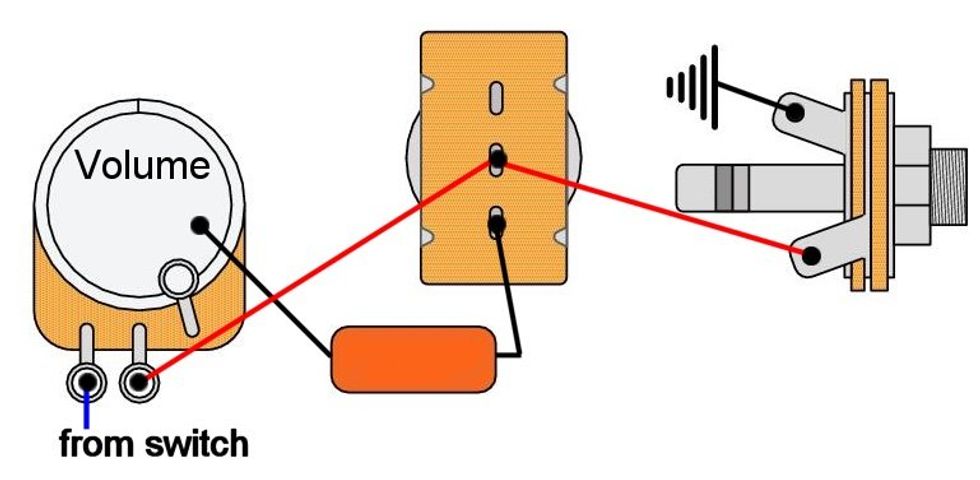
Illustration courtesy SINGLECOIL (www.singlecoil.com)
Performing this mod is very easy. All you need is one of the caps I mentioned above and an SPST on/off mini-toggle switch. You can also use any push/pull or push/push pot to switch the mod on and off. If you want to be more flexible, you can use an on/off/on toggle switch and two caps to choose from. If you want to go wild, you can also use a rotary switch with several caps. Feel free to be creative.
As mentioned earlier, it’s all about where to place the additional cap. It’s best to insert it between hot and ground in the circuit.
If you don’t want to add an additional switch on your guitar, there is another way to perform this mod, as long as you are using conventional guitar cables, not going wireless. You can build yourself a kind of “fake cable” by simply soldering an additional cap between the hot and ground directly on the plug of the cable. For example, if you have a standard modern three-meter guitar cable but want to simulate the typical 15-meter Blackmore cable from his early Deep Purple days, try a 3900 pF cap in the plug of your cable. If you have a six-meter cable, try 3300 pF for the same effect. The plug with the additional cap should be marked and will go into the guitar, not into the amp or the first stompbox. This is a very cool way to add the desired tone to your setup without drilling any additional holes into your guitar.
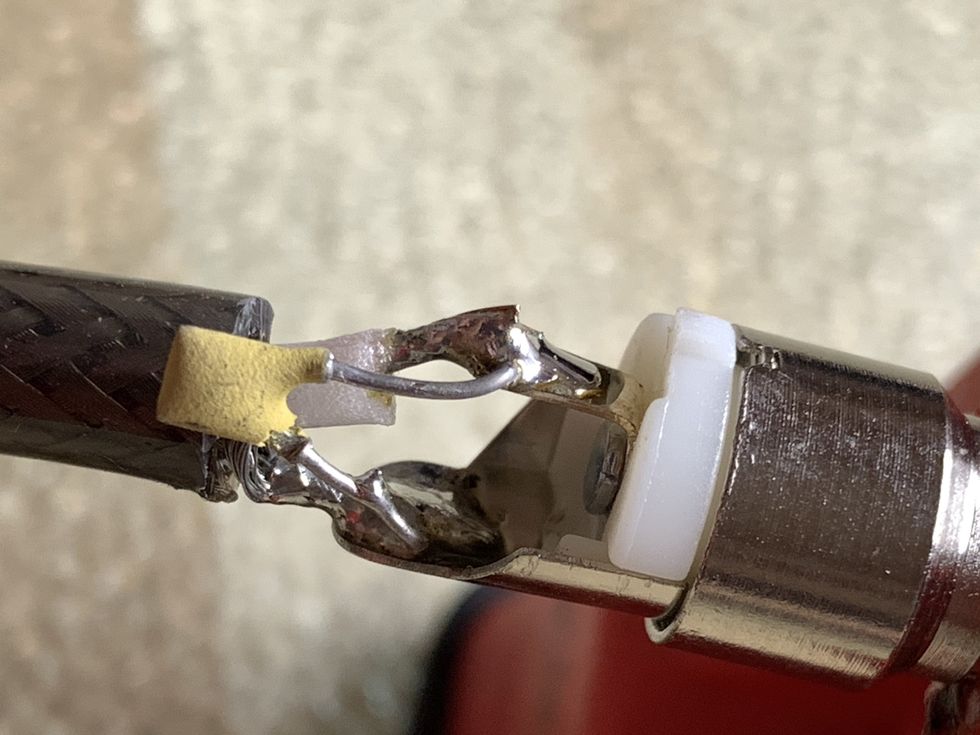
That’s it! Next month we will have a closer look into Eric Johnson’s 1954 “Virginia” Stratocaster wiring and how to adopt it, so stay tuned!
Until then ... keep on modding!


